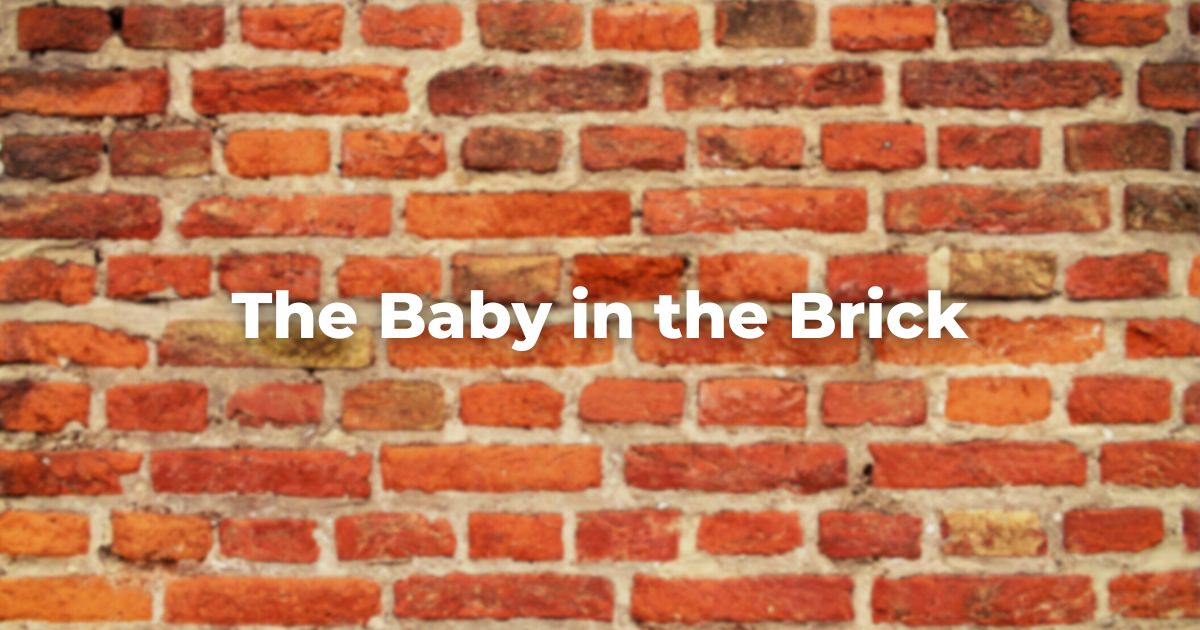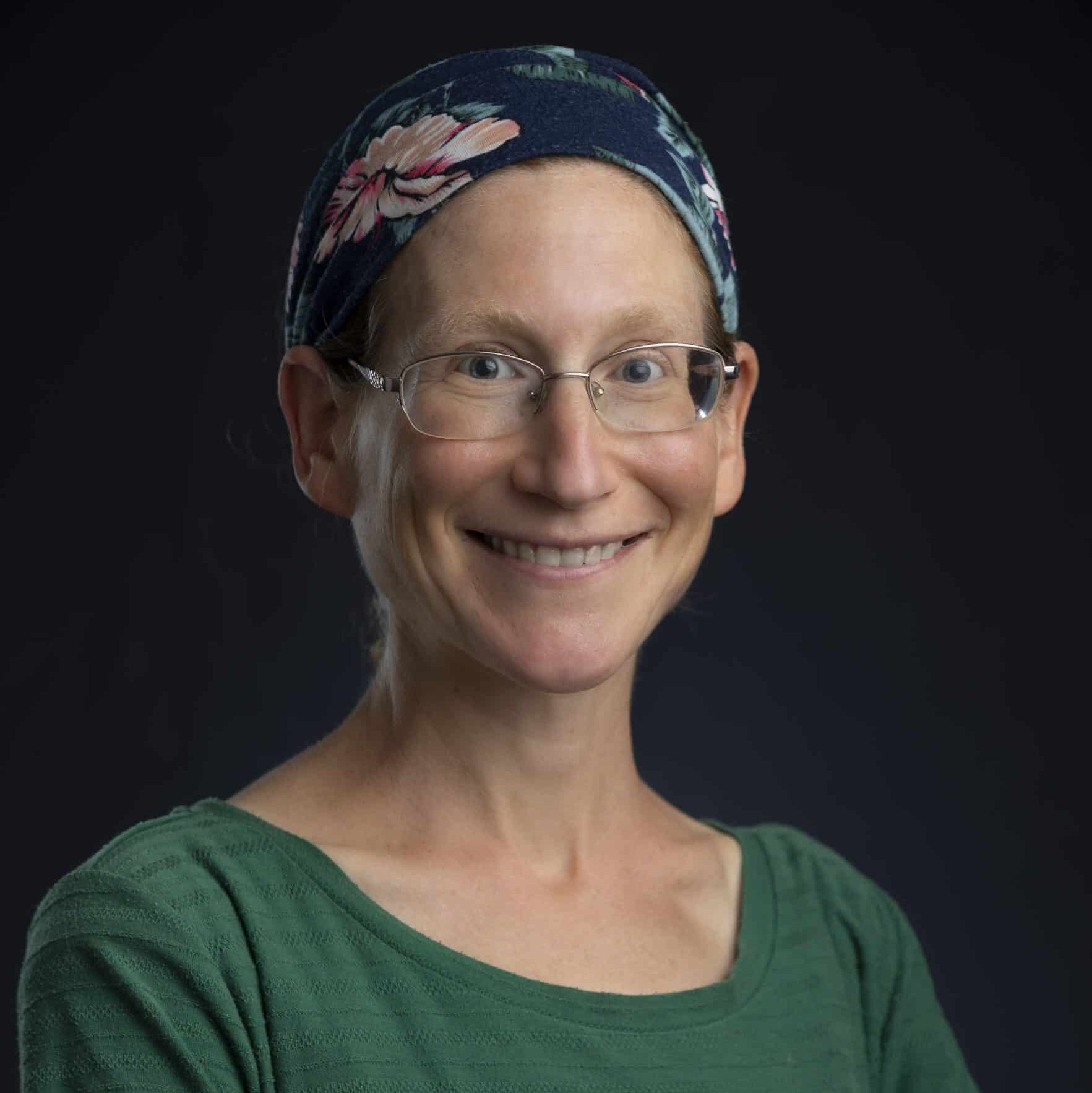Our parashah describes a strange and puzzling episode that follows the giving of the TorahRefers to the first five books of the Hebrew Bible, the Tanakh, also called the Five Books of Moses, Pentateuch or the Hebrew equivalent, Humash. This is also called the Written Torah. The term may also refer to teachings that expound on Jewish tradition. Read more on Mount Sinai.
Moshe, Aaron, Aaron’s two sons, Nadav and Avihu, and seventy elders of Israel have a vision of God: “They saw the God of Israel and under His feet there was the likeness of a pavement of sapphire, like the very sky for purity” (Exodus 24:10).
What exactly do these leaders and elders see, and how does God respond?
The Torah simply notes that God “did not raise His hand against the leaders of the Israelites; they beheld God, and they ate and drank” (Exodus 24:11).
Why did God wish to raise a hand against them? And what exactly did the elders see? The midrash, in commenting on these surprising verses, offers us a way to think about how we might encounter divinity in our lives.
The vision of God described in these verses is surprising in its directness, especially considering when Moshe, the greatest prophet ever to live, asks to see God and is told that no human being may see God and remain alive (Exodus 33:20).
And yet a closer look at these verses suggests that like Mount Sinai, which was hidden by a cloud during the revelation, this vision, too, remains largely occluded.
Regardless of what the elders see, all we, as readers, are able to glimpse is “the likeness of a pavement of sapphire, like the very sky,” an image reminiscent of Isaiah’s prophecy that “the heavens are My throne, and the earth is My footstool” (Isaiah 66:1).
We on earth can see only as high as what lies beneath God’s feet. And perhaps we can’t see even that; the Torah says that the leaders and elders saw a “likeness” that was “like” the sky, suggesting two levels of removal from the vision itself—a metaphor of a metaphor, as midrash scholar Rachel Adelman notes in her magnificent scholarly article “Rhapsody in Blue,” which inspired this Dvar Torah.
A metaphor of a metaphor
This notion of a metaphor of a metaphor recalls another series of metaphors discussed in a Talmudic source that quotes from this episode in our parashah.
The TalmudReferring to one of two collections, the Jerusalem and Babylonian Talmuds, edited in the 6th century, that contains hundreds of years of commentary, discussion, and exploration of the ideas in the Mishnah. One could describe it as Mishnah + Gemara = Talmud Read more (Hullin 89a) teaches that tzitzit are supposed to be the color of t’chelet—a shade of blue—because “blue resembles the color of the sea, and the sea resembles the color of the sky, and the sky resembles the color of sapphire, and sapphire resembles the Throne of Glory.”
The tzitzit unleash a chain of associations that lead ultimately to God’s sapphire throne, but as with the vision of the elders, we are not able to see any further.
Indeed, perhaps the leaders and elders just saw the pure blue of the heavens and, by power of association, believed they were seeing the likeness of God’s throne. They beheld God, but only to the extent that it is possible for any human being to behold God visually, namely by gazing at the heavens and unleashing the floodgates of the imagination.
And yet for all that they were limited visually, the leaders and elders nonetheless beheld God, or at least a manifestation of God.
The midrash, in trying to establish the nature of this vision, notes that the term used in the Torah for “pavement” is livnat, which is a form of the word l’vena, meaning “brick.”
As the rabbis note, we last encountered this term in the Torah’s description of the harsh labor that the Israelites had to endure as slaves in Egypt: “They [the Egyptians] made life bitter for them [the Israelites] with harsh labor at mortar and bricks (l’venim)” (Exodus 1:14).
When Pharaoh wished to embitter the lives of the Israelites even further, he insisted that his foremen no longer provide the slaves with bricks, but instead require them to make their own bricks from straw, while still reaching the same quota each day; as a result, the Israelites groaned under their bondage, and their cries rose up to God.
The rabbis teach that the sapphire pavement is “a reminder of the bricks that His children would make in Egypt” (Sifrei Zutah Numbers 10:35), suggesting that God’s throne is comprised of a reminder of the suffering of His people.
Bricks and the suffering of God’s people
This suffering is rendered painfully and poignantly graphic in a midrash that teaches about one particular Israelite slave, Rachel, the daughter of Shutelach of the tribe of Ephraim, who was pregnant and about to give birth when Pharaoh issued the decree that the Israelites must make their own bricks (Pirkei d’Rabbi Eliezer 48).
She was trampling clay to make bricks with her husband when the baby came out of her womb and became immured in the clay; the medieval commentator Hizkuni suggests that it was in fact the amniotic fluid that became commingled in the brick, playing off the phonetic similarity between the words for “amniotic fluid” (shfir) and “sapphire” (sapir).
The midrash adds that the angel Michael came down and took the brick and brought it up to the Throne of God’s glory. This midrash teaches that when an Israelite woman was so ravaged by suffering that she miscarried even before she could sit on the birthing stool, God—as it were—sat on the birthing stool in her stead.
The midrash adds that when Michael brought this brick to God, God responded by smiting the Egyptian firstborn that very night.
And so God was not sitting comfortably on a throne of precious stones while the Israelites were enduring backbreaking labor; rather, God, too, experienced the oppression of the Israelites, and was moved by their pain.
The rabbis teach that “whenever Israel is enslaved, the Divine Presence, as it were, is enslaved with them” (Mekhilta d’Pisha 14), as evidenced both by the vision of the sapphire brick beneath God’s feet, which the rabbis quote here, as well as Isaiah’s declaration that, “In all their affliction, He was afflicted” (Isaiah 63:10).
These midrashimThis word is used in two ways, as both a concept and a literature. As a concept, midrash is the expansive interpretation of biblical texts. The term is used to describe the practice of rabbinic interpretation. As a text, it refers to specific collections of interpretations, particularly from the third to ninth centuries in the Land of Israel and Babylonia. Plural: Midrashim
Read more suggest that when the leaders and elders went up and beheld a vision of God, what they saw was not a vision of God’s external appearance, but rather evidence of God’s unique bond with the Jewish people.
To behold God was to see how God suffers along with God’s people, and how God is responsive to their cries.
The leaders and elders ascend to apprehend God and feast on a divine vision. But in looking up to the pure blue heavens, they see no higher than the pavement beneath God’s feet.
Nonetheless, that is enough, because the pavement attests to God’s sensitivity to the plight of the people, and to God’s commitment to redeem them. No human may see God and remain alive, but in our moments of suffering, we can envision God suffering alongside us – and orchestrating our redemption.
See more: Parashat Mishpatim
Originally posted as part of the Conservative Yeshiva at the Fuchsberg Jerusalem Center’s Torah Sparks. Support Torah learning from the Fuchsberg Jerusalem Center/Conservative Yeshiva for leaders and seekers around the world here.
Authors
-

Ilana Kurshan teaches Talmud at the CY. She is the author of If All the Seas Were Ink (St. Martin’s Press, 2017) and Why is This Night Different From All Other Nights (Schocken, 2005). She has a degree in History of Science from Harvard and in English literature from Cambridge, and has worked in literary publishing both in New York and in Jerusalem – as a translator, a foreign rights agent, and as the Books Editor of Lilith Magazine. Since October 2020, Ilana has been a regular contributor to Torah Sparks, FJC’s weekly parashat hashavuah blog.
View all posts -



The Fuchsberg Jerusalem Center (FJC) is a home in the heart of Jerusalem where leaders and seekers can find an authentic place in Jewish tradition to call their own. FJC offers opportunities to study, pray and explore within an egalitarian and inclusive setting, creating multiple pathways for finding personal and communal meaning.
View all posts






